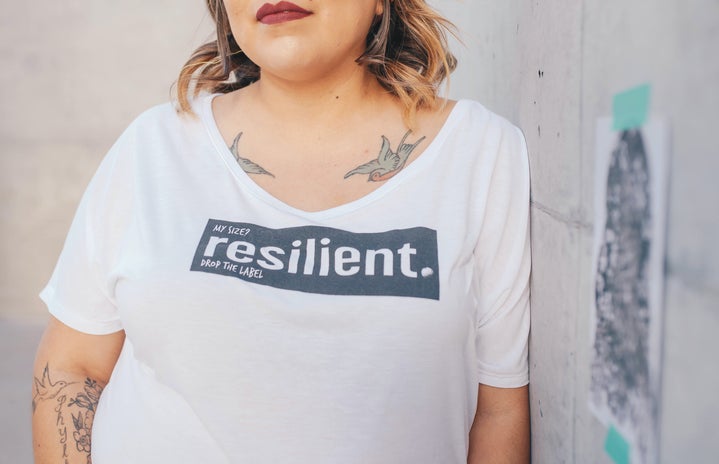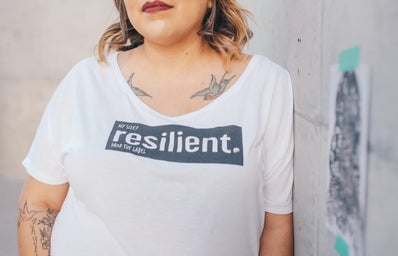Recently while scrolling through my Instagram feed, I came across a friend’s photo she posted of herself in a bikini at a beach. I noticed the flood of comments for the photo, some of which included fire emojis, “Skinny minny!”, and “Wow, you’re so skinny,” followed by a smiley face. I immediately thought, “I wish I were that skinny.” All of these comments spoke clearly to me that being thin meant being pretty.
In the United States, mainstream media plays an important role in portraying body image. Today, Western beauty standards portray the ideal woman as someone who has symmetrical features, shiny white teeth, sun-kissed skin and a slim waist. To add on to that, in our Kardashian-obsessed culture, it’s beautiful to have full lips and a big butt.
Many young girls and women are influenced by social media, often comparing themselves to the images they see on-screen. What we tend to not realize is that many pictures in magazines or in digital media may have also been Photoshopped. As a result, we doubt ourselves, lose self-esteem and/or strive to achieve unrealistic body standards.
Like I mentioned earlier, I thought that thinness equated to beauty. This is because thinness is valued in both Western and Asian cultures. Besides this similarity, being raised in a Chinese family and growing up in America, I constantly receive mixed messages surrounding beauty standards. It was in first grade when I first realized that I physically looked different than the majority of my peers. A classmate laughed at and mocked my apparently “small” eyes. At the time, I remember my cheeks turning bright red and feeling absolutely humiliated.
Now, I know that I was wrongly subjected to and compared to my white peers. I learned that white beauty ideals, whether having big doe eyes or being skinny, permeate our social consciousness, which narrow the diverse range of beauty seen in many other cultures.
At home, I experience pressure to uphold Asian beauty standards. Throughout most of middle school and high school, my skin was tan because I played tennis outdoors on a weekly basis. My mom would nag to me about my tan, telling me that I don’t put on much sunscreen and that I would look prettier if I had lighter skin. According to CNN, “Paler skin has historically been prized in China and much of Asia. Even today skin-lightening products remain popular.”
Now, my skin has returned to its pale color since I don’t exercise outdoors as much anymore. However, I face yet another obstacle in the world of Asian beauty standards. This obstacle lies in the area of food. According to Everyday Feminism magazine, “Sharing and eating food together is integral to Asian and Asian American culture.”
During the Lunar New Year or any big celebration, my family usually holds a large feast. On any daily occasion, my grandma typically greets me or loved ones with, “Have you eaten yet today?” Clearly, my family and our cultural traditions honor food. Just as easily as we honor food, my family members are also quick to judge me by my physical appearance. My mom particularly notices whenever I gain weight and fat-shames me. She usually pulls my cheek, telling me my face is a bit rounder since the last time I saw her. She says I am big-boned, an idea opposite to the cultural phenomenon that Asian women should be “small and delicate.”
Overall, my relationship with my body and what it should look like is constantly evolving. Over the years, I’m gradually learning to be more comfortable in my own skin. Today, campaigns such as Target’s swimwear and The Representation Project help shine a light on women of all body shapes and sizes, giving me hope that we can appreciate our differences that make us who we are.
It’s time that we all celebrate body positivity.

